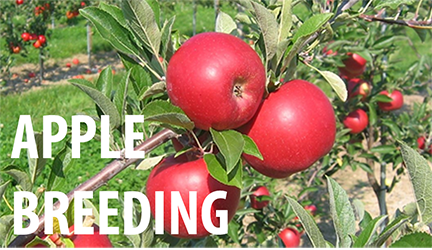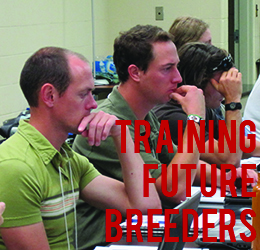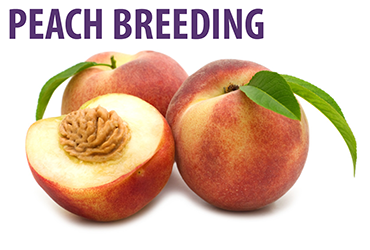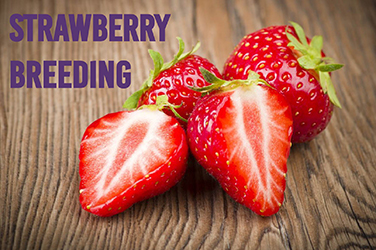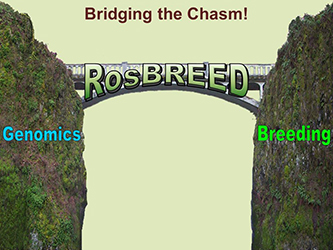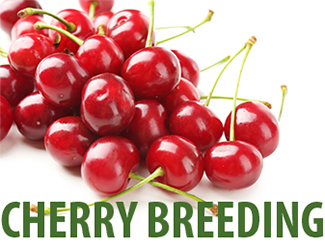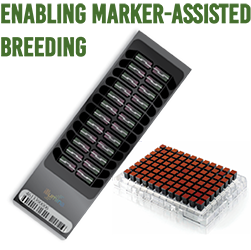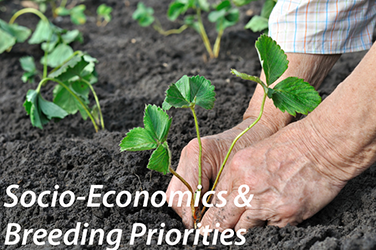Success Stories
What does success look like in the RosBREED project?
In the short term:
- Plant breeding programs are more efficient and effective
- Tools provided for Rosaceae crop breeders
In the longer term:
- Rosaceous crop industries are more profitable and sustainable
- Consumers are satisfied, repeat customers
Hard at work…
RosBREED’s 35 scientists and 14 U.S. institutions, along with its many international collaborators, have already made progress toward meeting these goals.
Progress in the RosBREED project keeps us on target with our longer term goals: new cultivars combined with producer required disease resistance and consumer demanded fruit quality. Examples include identifying and improving ‘Honeycrisp’ apple eating quality, the “fruity” aroma in strawberry, peach flavor and texture, and cherry fruit size and color, combined with an increasing number of disease resistances.
Our longer term goal is for rosaceous crop industries is improved profitability and sustainability and for consumers to be satisfied, repeat customers. Towards this goal, disease resistant alleles will be combined with superior fruit quality in new cultivars. A majority of U.S. rosaceous breeders will be implementing DNA-based tools to develop superior cultivars more efficiently and accurately, and below are some of our success stories thus far.
Stay tuned for additional stories as they develop!

